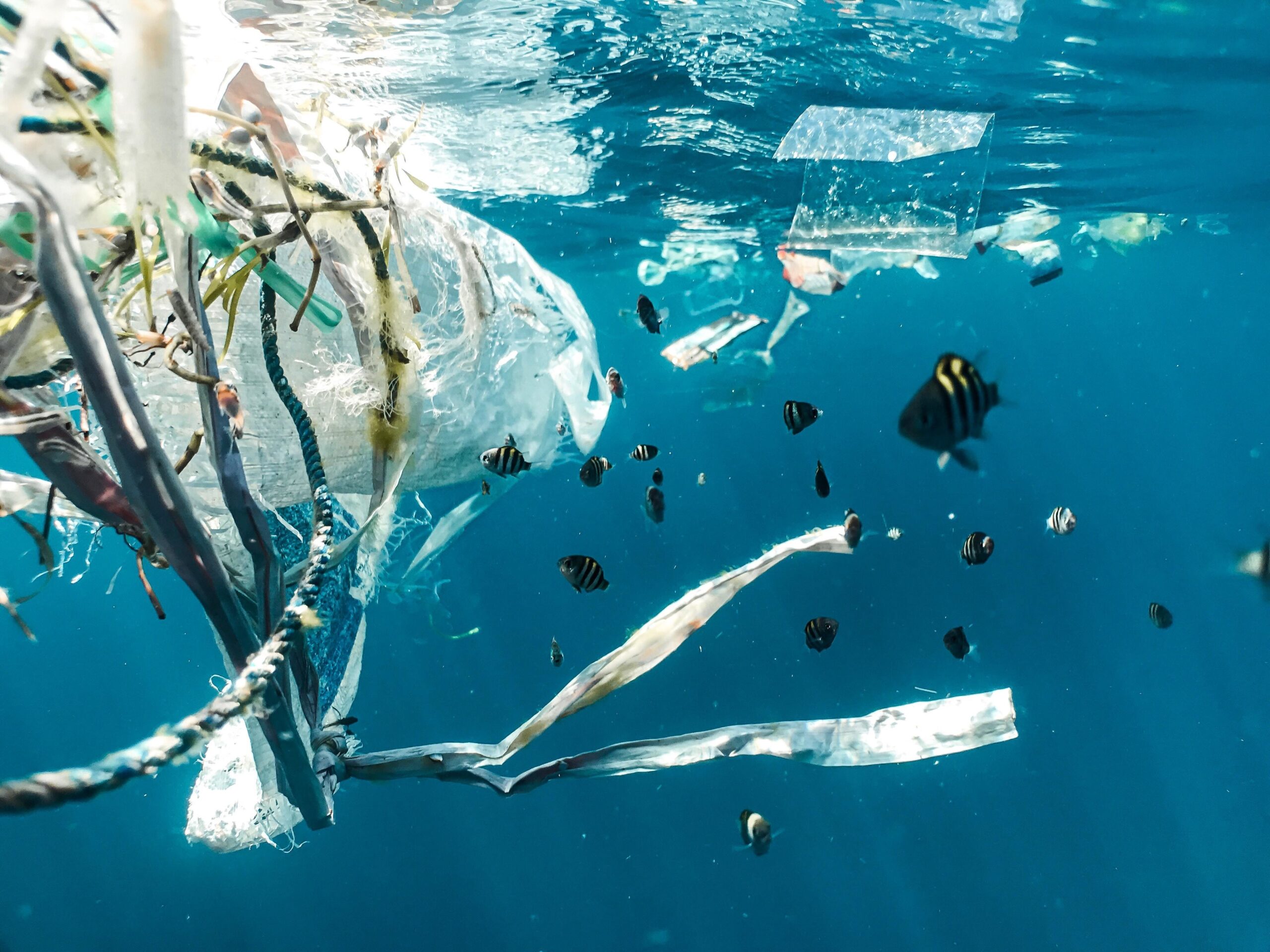Ocean plastic pollution is an increasing concern that refers to the buildup of plastic waste in the oceans and seas. This pollution is brought about by numerous sources, including litter on beaches, sewage discharges, and plastic debris from ships and boats. The plastic waste in the ocean takes a considerable amount of time to decompose and can cause harm to marine life, birds, and fish that either ingest it or become entangled in it.
Additionally, microplastics, which are tiny plastic particles that measure less than 5mm, are becoming increasingly prevalent in the ocean and are being consumed by marine animals, which could lead to the transfer of these particles into the food chain and potentially impact human health. To address this growing issue, it is imperative to reduce plastic usage and increase plastic recycling efforts, as well as improve waste management systems, especially in coastal communities, to help prevent further pollution of the ocean.
Conditions of Ocean Plastic Pollution
Ocean plastic pollution is a widespread issue that affects all of the world’s oceans and seas. The conditions of ocean plastic pollution vary depending on factors such as geographic location, local waste management practices, and the type and amount of plastic waste produced.
In developing countries, waste management systems are often inadequate and plastic waste is frequently not properly disposed of, leading to litter and debris entering waterways and eventually the ocean. In these regions, plastic pollution is often most visible as large accumulations of plastic waste along coastlines and in areas where ocean currents converge.
In developed countries, waste management systems are generally more efficient, but plastic waste is still a problem due to the large amount of plastic production and use. Plastic pollution in these regions is often less visible, but microplastics and other small particles of plastic are still present in the ocean, causing harm to marine life and potentially entering the food chain.
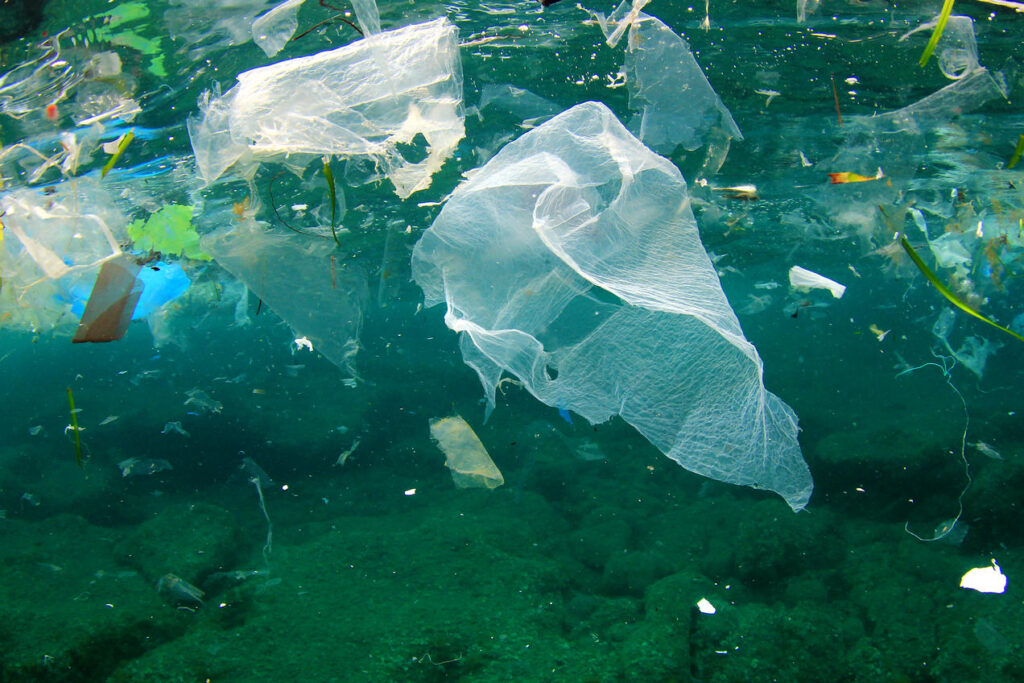
In areas near major shipping lanes, plastic pollution is often caused by the deliberate dumping of plastic waste by ships and boats. Plastic waste from fishing vessels is also a significant contributor to ocean plastic pollution, particularly in areas with high fishing activity.
Overall, the conditions of ocean plastic pollution are a cause for concern due to the potential harm to marine life and the environment, as well as the possibility of the plastic entering the food chain and affecting human health. Addressing this issue requires a combination of reducing plastic use and waste, improving waste management practices, and promoting the development of alternative materials to plastic.
Statistics
Ocean plastic pollution is a significant problem and the scale of the issue can be measured through various statistics. Some key statistics include:
- 8 million metric tons of plastic enter the ocean each year, according to a 2015 estimate by the Ocean Conservancy and the McKinsey Center for Business and Environment.
- Plastic pollution affects at least 267 species of marine animals, according to a 2018 report by the World Wildlife Fund.
- Plastic waste is the most common type of marine litter, accounting for 80-90% of all marine litter, according to the United Nations Environment Programme (UNEP).
- In some parts of the ocean, the concentration of plastic is estimated to be as high as 269,000 pieces of plastic per km², according to a 2018 study by the Ocean Cleanup Foundation.
- Microplastics, which are small plastic particles less than 5mm in size, have been found in all of the world’s oceans and even in remote areas such as the Arctic, according to a 2015 study by the National Oceanic and Atmospheric Administration (NOAA).
- It is estimated that by 2050, there will be more plastic in the ocean than fish, by weight, according to a 2016 report by the Ellen MacArthur Foundation.
These statistics highlight the extent and severity of ocean plastic pollution, and the need for immediate action to address the issue. The problem is complex and will require a multifaceted approach, including reducing plastic use and waste, improving waste management practices, and promoting the development of alternative materials to plastic.
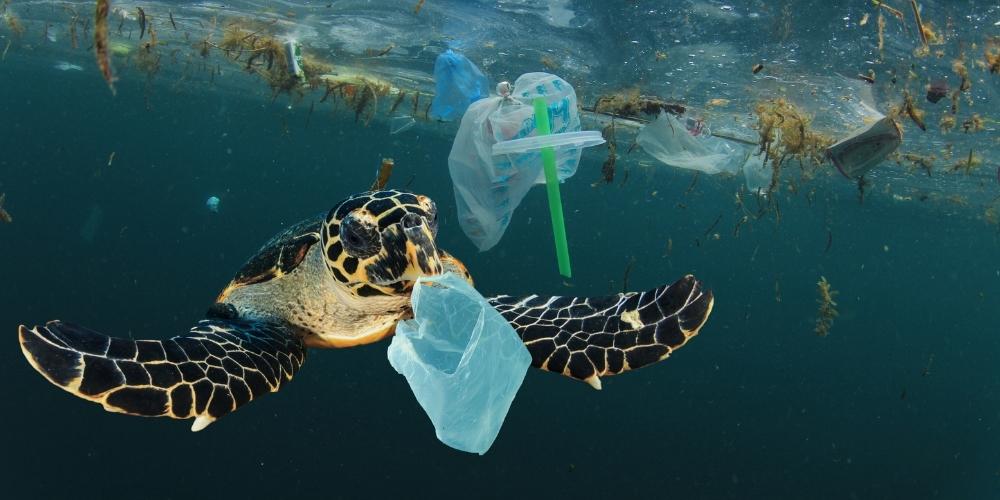
Adverse Effects
Ocean plastic pollution has a range of adverse effects on marine life, wildlife, and human health. Some of the most significant impacts include:
- Marine Life: Plastic waste in the ocean can harm and kill marine life, such as sea turtles, whales, dolphins, and seabirds, through ingestion or entanglement. Marine animals may mistake plastic waste for food and ingest it, leading to blockages in their digestive system and potentially causing death.
- Wildlife: Plastic pollution can also harm wildlife on land, such as birds, which may ingest plastic waste or become entangled in plastic waste.
- Human Health: Microplastics, which are small plastic particles less than 5mm in size, are increasingly found in the ocean and are ingested by marine animals, entering the food chain and potentially affecting human health. Some studies have found microplastics in seafood, including fish and shellfish, which are consumed by humans.
- Biodiversity: Plastic pollution in the ocean can also impact biodiversity by reducing the number of species and altering ecosystems. Plastic waste can alter the physical and chemical characteristics of ocean environments, making them inhospitable to some species.
- Economic Impacts: Ocean plastic pollution can also have economic impacts, as it can damage fishing and tourism industries, reduce the quality of seafood and other ocean-derived products, and increase the cost of cleaning up plastic waste.
These impacts highlight the importance of taking action to mitigate ocean plastic pollution and the need for a comprehensive approach that addresses the root causes of the problem.
Innovative Ways and Technology Employed to Mitigate
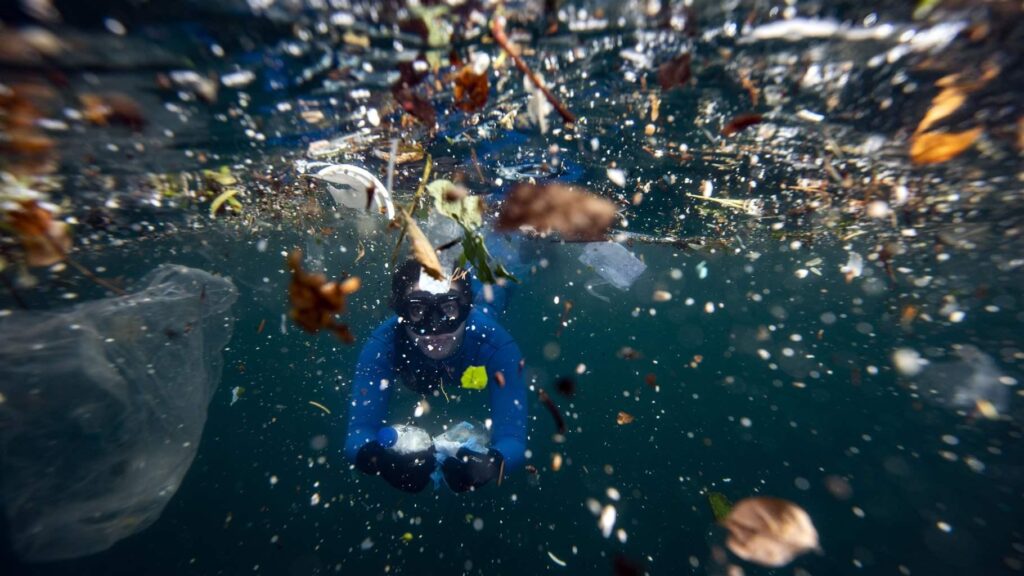
There are many innovative ways to mitigate ocean plastic pollution, which can complement traditional approaches and help to reduce the amount of plastic waste that enters the ocean. Some of the most promising innovative solutions include:
- Biodegradable Plastics: Developing and using biodegradable plastics that break down in the natural environment is one way to reduce the amount of plastic waste in the ocean. Biodegradable plastics are designed to break down over time into non-toxic substances and are a promising alternative to traditional, single-use plastics.
- Plastic Capture Devices: Plastic capture devices are systems that are designed to collect and remove plastic waste from rivers and waterways before it reaches the ocean. These devices range from small, manually operated systems to large, automated systems and can help to reduce the amount of plastic waste that enters the ocean.
- Recycling Technologies: Advances in recycling technologies are enabling more effective recycling of plastic waste, which can reduce the amount of plastic that ends up in the ocean. Technologies such as chemical recycling can help to recycle plastics that were previously difficult to recycle and can help to close the loop on plastic waste.
- Education and Awareness: Education and awareness campaigns can play a critical role in mitigating ocean plastic pollution by increasing public understanding of the problem and encouraging individuals, businesses, and governments to take action to reduce plastic waste.
- Market-based Solutions: Market-based solutions, such as extended producer responsibility programs and deposit-refund systems, can incentivize companies to reduce plastic waste and increase recycling. These programs put the responsibility for reducing plastic waste on the producers of plastic products and can drive innovation in the development of more sustainable plastic products.
- Clean-up Efforts: Clean-up efforts, such as beach clean-ups and ocean clean-up expeditions, can help to remove plastic waste from the ocean and prevent it from causing further harm to marine life and ecosystems.
These innovative solutions offer new and exciting opportunities to mitigate ocean plastic pollution and help to protect the world’s oceans and seas for future generations.
Efforts by Different Countries
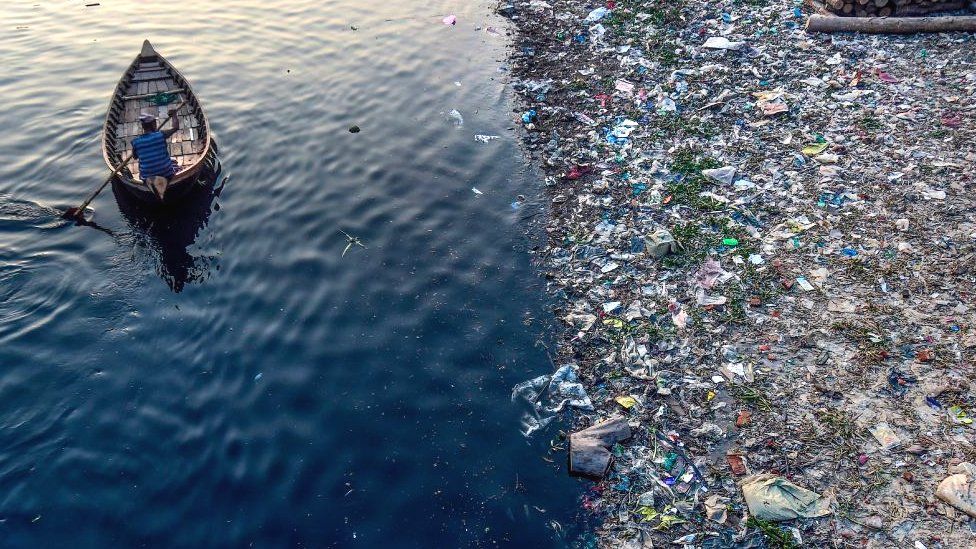
Various countries around the world are making efforts to reduce ocean plastic pollution, including:
- Europe: The European Union has committed to reducing its plastic waste by 60% by 2030 and banning certain single-use plastics, such as plastic cutlery, straws, and cotton buds, by 2021. The EU has also established a number of funding programs to support research and innovation in the field of plastic waste management.
- United States: In the United States, several states, such as California and New York, have implemented bans on single-use plastics, such as plastic bags. The U.S. government has also launched the “National Action Plan for Marine Debris,” which aims to reduce marine debris and prevent ocean plastic pollution.
- China: China, which is one of the largest producers of plastic waste in the world, has committed to reducing its plastic waste by 50% by 2025. The Chinese government has implemented a number of measures to reduce plastic waste, including increasing recycling efforts, improving waste management systems, and promoting the use of environmentally-friendly alternatives to single-use plastics.
- India: India has launched a number of initiatives to reduce ocean plastic pollution, including a ban on single-use plastics, such as plastic bags, and the creation of “plastic-free zones” in tourist areas. The Indian government has also established a number of recycling facilities to collect and recycle plastic waste.
- Southeast Asia: Several countries in Southeast Asia, such as Indonesia and the Philippines, have implemented measures to reduce ocean plastic pollution, including plastic bag bans, increased recycling efforts, and improved waste management systems.
These efforts by various countries demonstrate a growing commitment to reducing ocean plastic pollution and protecting the world’s oceans and seas for future generations.
Conclusion
n conclusion, ocean plastic pollution is a growing issue affecting the world’s oceans and seas, caused by a variety of sources including litter on beaches, sewage discharges, and plastic waste from ships and boats. Plastic waste in the ocean can take hundreds of years to decompose, causing harm to marine life, birds, and fish through ingestion or entanglement. Microplastics, which are tiny plastic particles less than 5mm in size, are also becoming increasingly prevalent in the ocean and are being ingested by marine animals, potentially entering the food chain and affecting human health.
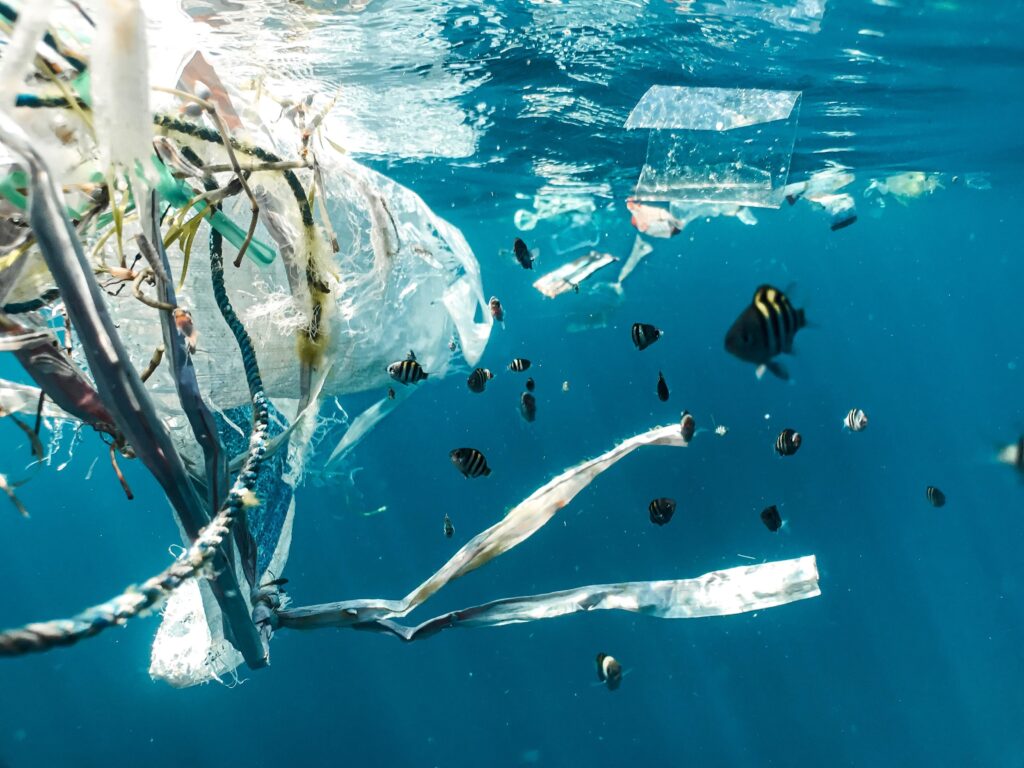
Efforts to reduce ocean plastic pollution include reducing plastic usage and increasing plastic recycling, improving waste management systems, particularly in coastal areas, and promoting the use of environmentally-friendly alternatives to single-use plastics. Innovative technologies, such as biodegradable plastics, ocean cleanup systems, and recycling technologies, are also being developed to mitigate ocean plastic pollution.
Countries around the world are making efforts to reduce ocean plastic pollution, including bans on single-use plastics, increased recycling efforts, and improved waste management systems. These efforts demonstrate a growing commitment to reducing ocean plastic pollution and protecting the world’s oceans and seas for future generations. It is important that individuals, businesses, and governments continue to take action to reduce ocean plastic pollution and protect the health of our oceans and the life they support.







